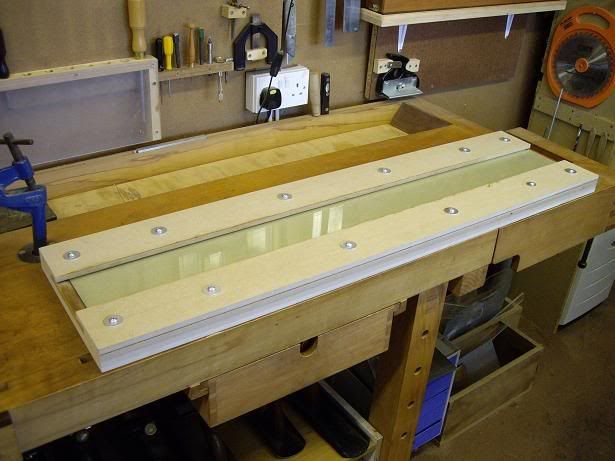Joe
Established Member
Is there a general consensus of opinion about whether or not it's a good idea to use a whetstone grinder to flatten the back of plane blades and chisels (i.e. grinding on the side of the whetstone and then buffing on the honing wheel)? I do find it very time consuming and tedious doing it by hand on waterstones.





